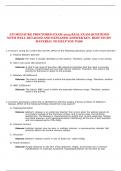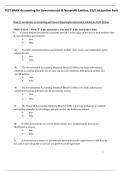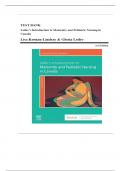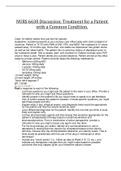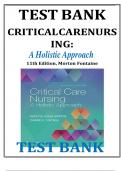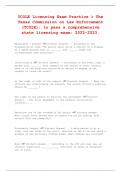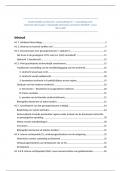Examen
ATI MED SURG PROCTORED EXAM 2023 REAL EXAM QUESTIONS WITH WELL DETAILED AND EXPLANED ANSWER KEY. BEST STUDY MATERIAL TO HELP YOU PASS
- Cours
- Établissement
ATI MED SURG PROCTORED EXAM 2023 REAL EXAM QUESTIONS WITH WELL DETAILED AND EXPLANED ANSWER KEY. BEST STUDY MATERIAL TO HELP YOU PASS 1. A nurse is caring for a client who has HIV. Which of the following laboratory values is the nurse's priority? A. Positive Western blot test Rationale: The cl...
[Montrer plus]
